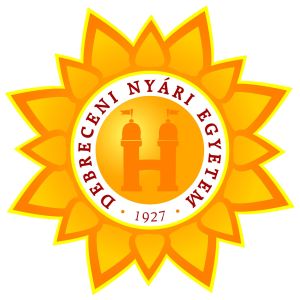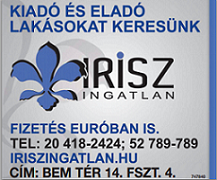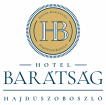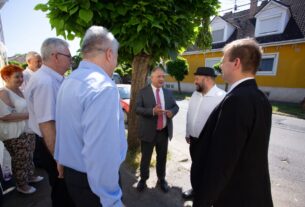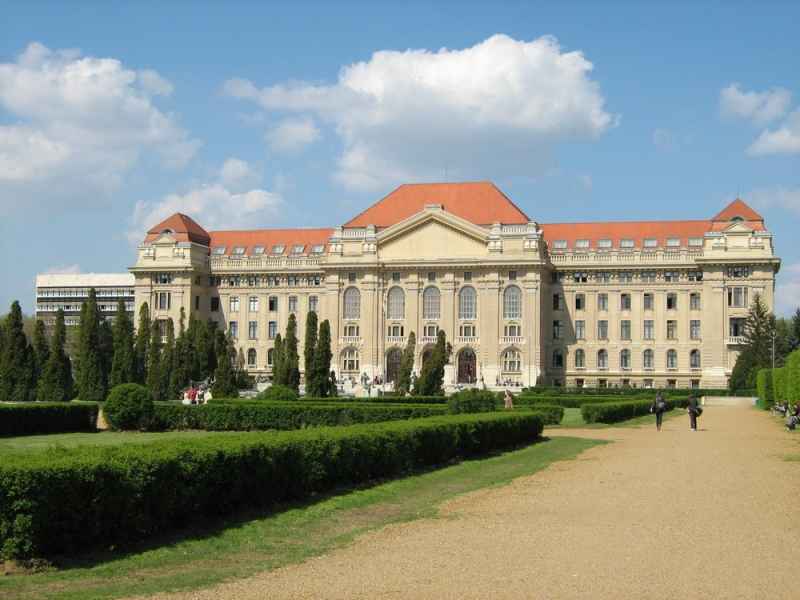If you’re spending springtime in Hungary—especially in Debrecen—you’re in for a cultural treat. Easter in Hungary is a rich tapestry of folk customs, religious observance, and joyful celebration, deeply rooted in centuries-old traditions. For foreigners living in Debrecen or visiting the region, Easter offers a unique opportunity to explore Hungarian heritage beyond the surface. Here’s a guide to help you understand and enjoy the festivities.
Festive Foods to Try
Easter Sunday in Hungary is marked by a feast after the Lenten fast. Traditional dishes include cooked ham, hard-boiled eggs, horseradish, and braided sweet bread called kalács. Some families also prepare lamb or roast pork.
Local markets in Debrecen, such as the Debreceni Nagypiac (Great Market), usually offer seasonal products and ingredients in the days leading up to Easter. It’s the perfect time to try regional specialties and stock up on handmade Easter treats.
Religious Celebrations
As one of Hungary’s most historically significant cities, Debrecen has strong Protestant roots, particularly of the Calvinist tradition. The Reformed Great Church (Nagytemplom), a symbol of the city, often holds special Easter services that are open to the public. Even if you’re not religious, the architecture and atmosphere of the celebrations are worth experiencing.
Additionally, other Christian denominations, including Roman Catholic and Greek Catholic communities, also hold their own services and processions.
Easter Monday and the Art of “Sprinkling”
One of the most unique Hungarian Easter traditions is locsolkodás, or “sprinkling,” which takes place on Easter Monday. Traditionally, boys visit girls and sprinkle them with water or perfume to ensure beauty and fertility in the coming year. In return, the girls offer painted eggs, chocolates, or a shot of pálinka (Hungarian fruit brandy).
This custom may sound unusual to newcomers, but it remains widely practiced, though nowadays, water pistols and cologne are more common than buckets of water!
In Debrecen, local schools and community centers often organize locsolkodás demonstrations, sometimes with participants wearing traditional Hungarian folk costumes. It’s a fun and photogenic way to experience the tradition firsthand.
The Beauty of Painted Eggs
Egg decorating is another cherished Easter tradition in Hungary. Known as hímestojás, the art of painting eggs is both a creative and symbolic practice. Designs range from simple colored eggs to intricate patterns using wax-resist techniques.
In and around Debrecen, you may find workshops during the Easter season where local artists demonstrate this craft. The Déri Museum, for instance, has hosted exhibitions in previous years showcasing traditional egg designs from across Hungary.
Whether you’re observing the holiday or simply curious about local culture, Hungarian Easter traditions offer a colorful and welcoming experience. In Debrecen, these customs are alive and evolving, giving residents and visitors alike the chance to celebrate spring the Hungarian way.


